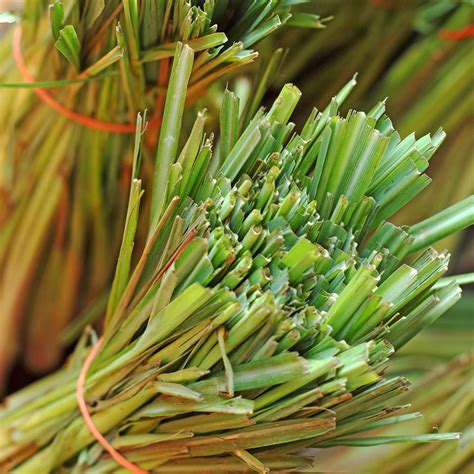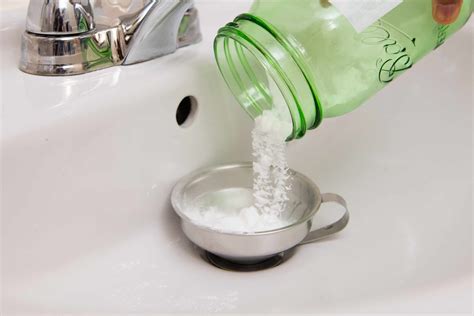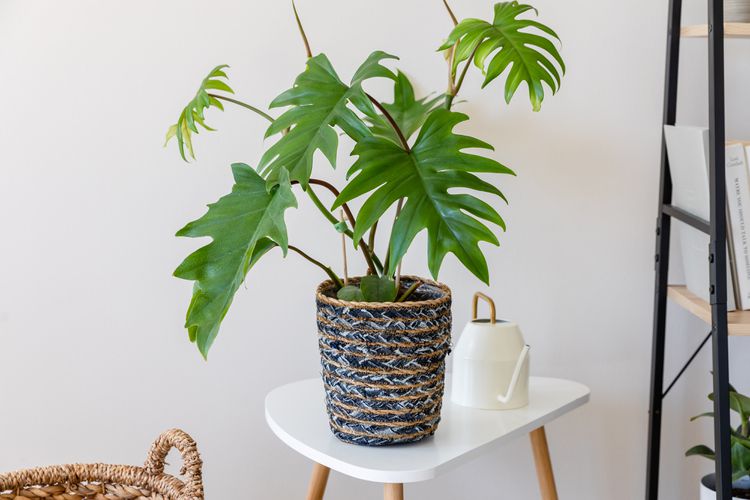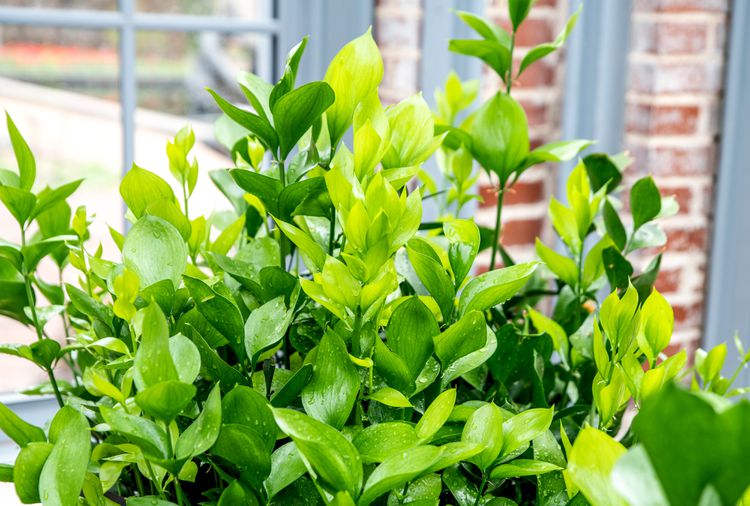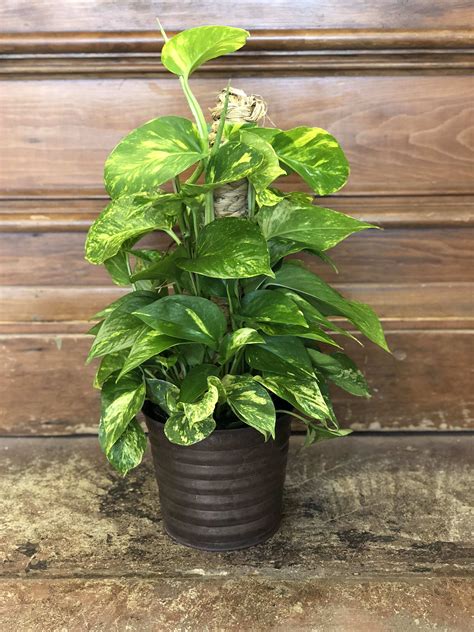
Pothos, also known as Devil’s Ivy, is a popular houseplant loved for its beautiful trailing vines and easy care requirements. Whether you’re a seasoned plant enthusiast or a beginner looking to add some greenery to your space, this comprehensive guide will provide you with all the information you need to successfully grow and care for Pothos plants.
Pothos Care
Pothos plants are known for their resilience and ability to thrive in a variety of conditions. Here are the key aspects to consider when caring for your Pothos:
Light
Pothos plants can tolerate a wide range of light conditions, from low to bright indirect light. However, they tend to grow best in medium to bright indirect light. Avoid exposing them to direct sunlight as it can scorch their leaves.
Soil
Choose a well-draining potting mix for your Pothos plant. A mix that contains peat moss, perlite, and vermiculite works well to provide proper drainage while retaining some moisture.
Water
Pothos plants prefer slightly moist soil. Water your Pothos thoroughly when the top inch of soil feels dry to the touch. Be careful not to overwater as it can lead to root rot. Allow the excess water to drain out of the pot, and avoid letting the plant sit in standing water.
Temperature and Humidity
Pothos plants are adaptable to a wide range of temperatures, but they prefer temperatures between 65-85°F (18-29°C). They can tolerate lower temperatures but are sensitive to cold drafts. As for humidity, they can thrive in normal household humidity levels, but higher humidity promotes healthier growth.
Fertilizer
Feed your Pothos plant with a balanced houseplant fertilizer diluted to half the recommended strength. Apply the fertilizer every 2-4 weeks during the growing season (spring and summer) to promote lush foliage growth.
Lifespan
Pothos plants are long-lived and can provide you with years of green beauty if properly cared for. With the right conditions and care, they can thrive and grow for many years, making them a great investment for any indoor plant lover.
Types of Pothos
Pothos plants come in various cultivars, each with its unique leaf patterns and colors. Some popular Pothos varieties include:
- Golden Pothos
- Marble Queen Pothos
- Neon Pothos
- Jade Pothos
- Silver Satin Pothos
Each variety adds its own touch of beauty to your indoor space, allowing you to choose the one that best fits your aesthetic preferences.
Potting and Repotting Pothos
Choosing the right pot and repotting your Pothos plant when necessary is crucial for its overall health and growth. Here are some guidelines:
Type of Pot to Use for Pothos
Opt for a pot with drainage holes to prevent waterlogged soil. This allows excess water to escape, preventing root rot. Choose a pot that provides enough room for the plant’s roots to grow, but avoid using an excessively large
pot as it can hold too much moisture.
Propagating Pothos
Pothos plants are easy to propagate, making them a popular choice for plant enthusiasts. You can propagate Pothos through stem cuttings. Simply cut a healthy stem just below a node and place it in water or moist soil. Within a few weeks, you’ll start to see roots developing, indicating successful propagation.
Common Pothos Problems
Pothos plants are generally resilient, but they can encounter a few issues. Here are some common problems and their solutions:
Leaves Turning Yellow
Yellow leaves on a Pothos plant are often a sign of overwatering. Allow the soil to dry out before watering again, and ensure proper drainage. Trim any yellow leaves to maintain the plant’s overall health.
Browning Leaves
Browning leaves can indicate underwatering or low humidity levels. Adjust your watering routine to ensure the soil stays slightly moist, and consider increasing humidity around the plant by using a humidifier or placing the pot on a tray filled with water and pebbles.
Drooping Leaves
If your Pothos plant’s leaves are drooping, it can be a sign of underwatering or lack of light. Check the soil moisture level and adjust your watering schedule accordingly. Additionally, ensure the plant is receiving adequate indirect light for optimal growth.
Common Pests
Pothos plants are generally resistant to pests, but they can occasionally encounter a few common ones. The most common pests that can affect Pothos include:
- Mealybugs
- Spider mites
- Aphids
If you notice any signs of pest infestation, such as webbing, tiny insects, or distorted leaves, promptly treat the affected plant with an appropriate insecticidal soap or neem oil solution.
How to Revive Pothos
If your Pothos plant is showing signs of decline, such as wilting or yellowing leaves, it may need some extra care to revive it. Here are a few steps to help you revive a struggling Pothos:
- Check the soil moisture: Ensure you’re watering appropriately and not over or under-watering the plant.
- Assess the light conditions: Ensure the plant is receiving adequate indirect light, as insufficient light can lead to poor growth.
- Trim away unhealthy parts: Remove any yellow or brown leaves to redirect the plant’s energy to healthier growth.
- Adjust humidity levels: Increase humidity around the plant by using a humidifier or placing it on a tray with water and pebbles.
- Inspect for pests: Check for any signs of pest infestation and treat accordingly.
By following these steps and providing the necessary care, you can often revive a struggling Pothos plant and restore it to its full glory.
Are Pothos Poisonous?
Yes, Pothos plants are toxic to pets and humans if ingested. The plant contains calcium oxalate crystals, which can cause irritation and discomfort. Keep Pothos plants out of reach of children and pets, and handle them with care when pruning or propagating.
FAQs
1. How often should
I water my Pothos plant?
Water your Pothos when the top inch of soil feels dry to the touch. It’s important to allow the soil to partially dry out between waterings to avoid overwatering, which can lead to root rot.
2. Can I grow Pothos in low light conditions?
Pothos can tolerate low light conditions, but they grow best in medium to bright indirect light. In low light areas, their growth may slow down, and the variegation on their leaves may become less pronounced.
3. How do I encourage my Pothos plant to produce more vines?
To encourage your Pothos plant to produce more vines, you can trim the existing vines. Prune the stems just above a node, and new growth will emerge from that point, leading to a fuller and more bushy plant.
By following these care tips and guidelines, you can enjoy the beauty and lushness of Pothos plants in your home or office. With their easy-going nature and attractive foliage, Pothos plants are an excellent choice for both beginner and experienced plant enthusiasts.


